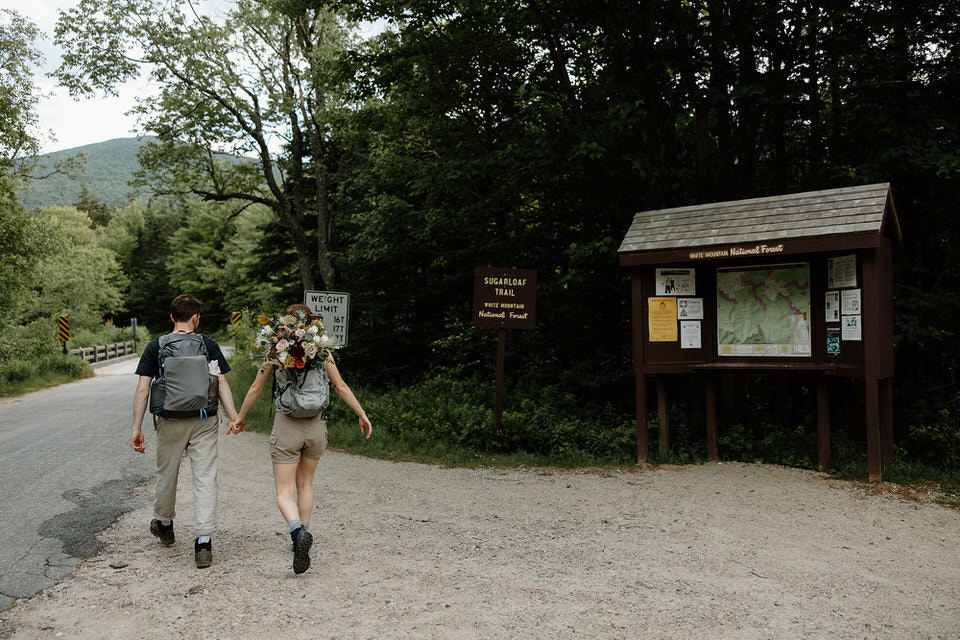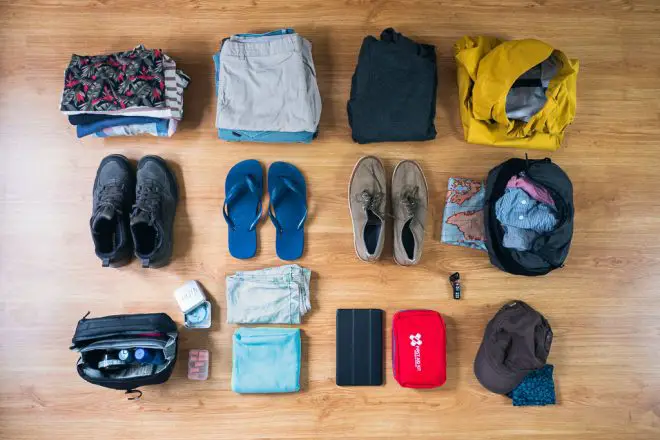To pack a hiking backpack, balance weight distribution and prioritize essential gear accessibility. Begin with a light base, heaviest items in the middle, and frequently-used items on top.
Embarking on a hiking adventure demands meticulous backpack preparation to keep your journey comfortable and safe. Essential items require strategic placement within your pack to enhance stability and efficiency. Unlike throwing items into a suitcase for a vacation, packing a hiking backpack is an art that combines foresight and practicality.
A well-packed backpack not only makes finding gear easier but also ensures that weight is evenly distributed across your back, preventing strain and injury. The key lies in categorizing your gear into necessities, such as hydration and shelter, and organizing them for ease of access while on the trail. Remember, a successfully packed backpack can significantly elevate your hiking experience, turning a potentially grueling trek into a series of enjoyable, panoramic vistas.

Credit: fairtradefinder.com
Essentials For A Hiking Backpack
Selecting the right backpack is crucial for a comfortable hike. Consider the backpack’s volume, fit, and durability. The right fit prevents back strain.
Must-have gear for every hiker includes:
- Navigation tools: map and compass.
- Water: to stay hydrated.
- Food: extra snacks for energy.
- Clothing: weather-appropriate and extra layers.
- Shelter: tent or emergency bivy.
- First aid kit: for unexpected injuries.
- Tools: multi-tool or knife.
- Fire: matches/lighter and stove.
- Protection: sunscreen and sunglasses.
Organizing Your Pack
Organizing a hiking backpack requires strategic layering for easy access and balance. Start with placing lighter items at the bottom. Your sleeping bag is a good example of this. The middle section should hold heavier gear, such as your stove or food stash. This helps keep the pack’s center of gravity close to your body.
Ensure that frequently used items like snacks, water, and a first aid kit are easily reachable. These can go in the top layer or side pockets. Remember to distribute items evenly from side to side. A well-balanced pack reduces the chance of injury and makes carrying the load more comfortable.
| Compartment | Items to Pack |
|---|---|
| Bottom | Sleeping bag, pad |
| Middle | Stove, food, heavy gear |
| Top & Side Pockets | Water, snacks, first aid kit |
Packing For Different Climates
Packing a hiking backpack requires careful thought for different climates. For cold weather hikes, start by choosing insulated layers to keep body heat. Include a waterproof jacket and thermal undergarments for added warmth. Don’t forget gloves and beanies to protect extremities. Pack extra socks as feet can get wet and cold.
On the other hand, warm hikes demand lightweight clothing that breathes and wicks moisture away. Bring along a light hat and sunglasses for sun protection. Make room for sunscreen and plenty of water.
For all trips, essential gear includes a map, compass, and first-aid kit. A multi-tool and emergency shelter are also crucial. Make sure to balance the backpack to distribute weight evenly.

Credit: ar.pinterest.com
Food And Hydration Management
Packing the right foods for your hiking trip enhances energy and endurance. Choose items high in protein and complex carbohydrates. These nutrient-dense snacks, such as nuts, seeds, and whole grains, sustain you longer. Dried fruits and vegetables are also excellent for lightweight, energy-boosting options.
Proper hydration on the trail is crucial. Always carry a water bottle or hydration bladder. Include a water filter or purification tablets to refill safely from natural sources. To prevent dehydration, sip small amounts regularly, even before feeling thirsty.
Keeping food safe is a must. Use reusable containers with tight seals to guard against contamination. Plan carefully to take only what’s needed, reducing excess weight and waste. Make sure to store food away from wildlife, using bear canisters when required.
Safety And Navigation Tools
A well-stocked first aid kit is crucial for any hike. Include bandages, antiseptic wipes, and pain relievers. Remember to add personal medications and a small guidebook on first aid.
Don’t rely solely on technology; a physical map and compass are indispensable. Understand how to use them before your hike. A waterproof case keeps these tools safe.
Signal devices such as a whistle can alert others if you’re lost. A personal locator beacon (PLB) or satellite messenger ensures help can find you. Always check battery life before you depart.

Credit: kelseyconverse.com
Fine-tuning Your Pack
Adjusting your backpack’s straps can make a big difference. Start by loosening all straps before you put the backpack on. Slip it on and tighten the hip belt. It should sit on your hips, taking most of the weight off your shoulders. Next, snug up the shoulder straps until they’re comfortably in place. Make sure the backpack is close to your back and doesn’t dangle.
Load lifting techniques are a must to prevent injury. Bend your knees and lift with your legs, not your back. Holding the pack by the top loop, swing it onto one shoulder, then the other. Use the load lifter straps near your shoulders; pull them until the backpack’s weight feels balanced.
Easy access to essentials saves time on the trail. Pack frequently-used items like water, snacks, and maps in top or side pockets. Consider a waist pack for the smallest items you use often. That way, you stay organized and can grab things without stopping.
Frequently Asked Questions On How To Pack A Hiking Backpack
What Are Essential Items For A Hiking Backpack?
A well-packed hiking backpack contains essentials like water, a map, compass, a lightweight shelter, and a first-aid kit. Nutritious snacks, extra clothing layers, and a headlamp or flashlight are also important.
How To Distribute Weight In A Hiking Backpack?
For optimal comfort and balance, place heavy items close to your back and centered between your shoulders. Lighter items should go at the top and in outer pockets. Pack the items you’ll need frequently in easily accessible places.
What Size Backpack Is Best For A Day Hike?
A backpack ranging from 20 to 30 liters is typically sufficient for a day hike. It allows enough space for water, food, clothing, and essential gear while remaining compact and easy to carry.
How To Pack A Backpack To Avoid Back Pain?
To prevent back pain, ensure the heaviest items are situated in the middle of the pack, close to your spine. Adjust straps so the weight is evenly distributed across your hips and shoulders without sagging.
Conclusion
Mastering the art of packing your hiking backpack is essential for any outdoor adventure. It balances comfort, accessibility, and preparedness on the trails. Remember, a well-organized pack can make your journey more enjoyable and efficient. So, lace up your boots, shoulder your perfectly packed backpack, and embark on your next hiking escapade with confidence.

